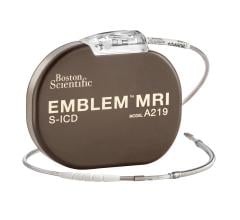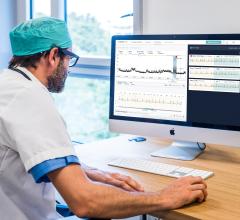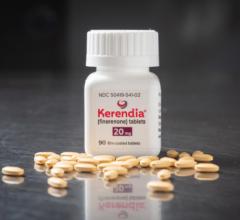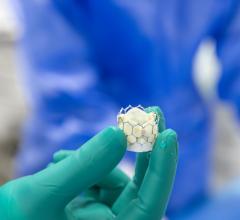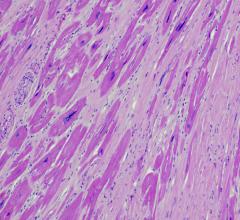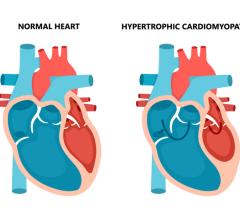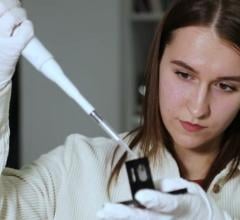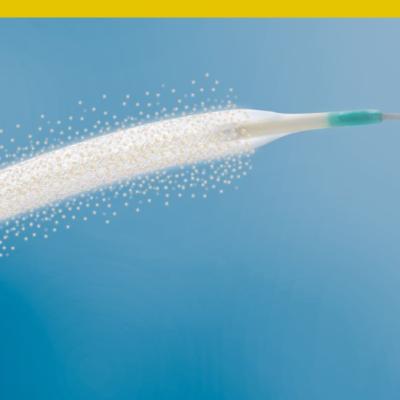
July 12, 2022 — Biotronik announced the presentation of two studies on the performance of its drug-coated balloon catheter Passeo-18 Lux at this year’s LINC congress in Leipzig, Germany. The BIO REACT study was designed to better understand when and where a stent is needed following drug-coated balloon for the treatment of femoropopliteal artery lesions in patients with peripheral artery disease (PAD).1Dr. Michael Lichtenberg, Chief Physician, Arnsberg Vascular Center at Karolinen Hospital, Germany, revealed the 12-month outcomes of this pilot study.While the use of intraoperative duplex-ultrasound in this small cohort didn’t improve the identification of flow-limiting dissections, the presented data showed that Biotronik REsponse Adapted Combination Therapy-combining Passeo-18 Lux DCB with Pulsar-18 T3 thin-strut stents when and where needed-is a safe and effective treatment of femoropopliteal lesions, while leaving less metal behind.
BIO REACT outcomes at a glance:
12-month freedom from clinically driven target lesion revascularization (fCD-TLR): 94.8%
12-month primary patency: 81.5%
12-month survival: 97.2%
No major target limb amputation
"Identifying when to place a stent remains a complex issue, but the 12-month outcomes of the BIO REACT pilot study demonstrate that the Passeo-18 Lux DCB is an effective standalone therapy with a fCD-TLR rate of 94.0%," Principal Investigator Dr. Michael Lichtenberg commented on the results.
In another LINC presentation, Ao.Univ.-Prof. Dr.med.univ Marianne Brodmann, Medical University Graz, Austria, reported the results of the Passeo-18 Lux DCB Long Lesion cohort, which combines the BIOLUX P-III all-comers registry’s long lesion subgroup and the BIOLUX P-III Spain study evaluating device performance in TASC C and D lesions > 15 cm.2,3 In this pooled analysis, 159 patients with long and complex femoropopliteal lesions were treated with Passeo-18 Lux DCB. At 12 months, Passeo-18 Lux DCB showed good results in this real-world, challenging patient population (40.3% diabetes mellitus, 32.7% critical limb ischemia), with 84.4% fCD-TLR, 83.9% freedom from major adverse events, 98.6% freedom from major target limb amputation and 93.3% amputation-free survival. Consistent with the results presented from the BIO REACT study, Passeo-18 Lux DCB was shown to be an effective standalone treatment for complex lesions, with 60% of lesions not needing bailout stenting despite the long lesion length (mean lesion length, 24.9 cm). "The treatment of long, complex TASC C and D femoropopliteal lesions with Passeo-18 Lux DCB as a standalone therapy is clearly shown to be safe and effective," commented Prof. Brodmann on the results.
"We at Biotronik are proud to support the first study to ever evaluate the additional value of intra-operative DUS compared to angiography alone in femoropopliteal disease, another example of our commitment to scientific research and a better understanding of peripheral artery disease treatment," noted Dr. Alexander Uhl, President Vascular Intervention at Biotronik. "The results of this study, in addition to the presented pooled analysis of Passeo-18 Lux DCB’s performance in long lesions further add to the body of evidence that support the safety and efficacy of this device."
Randomized controlled trials and all-comers registries have investigated safety and efficacy of Passeo-18 Lux DCB in the treatment of over 1,900 patients with PAD in the infrainguinal arteries. Just recently, convincing long-term performance and safety data were presented at the Charing Cross Symposium in London, England.
For more information: www.biotronik.com
References:
1.BIO REsponse Adapted Combination Therapy Pilot Study. https://clinicaltrials.gov/ct2/show/NCT03547986.
2.BIOLUX P-III All-Comers Passeo-18 Lux Registry. https://clinicaltrials.gov/ct2/show/NCT02276313.
3. BIOLUX P-III SPAIN All-Comers Registry. https://clinicaltrials.gov/ct2/show/NCT03052296.

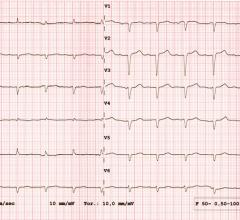
 May 20, 2024
May 20, 2024 
